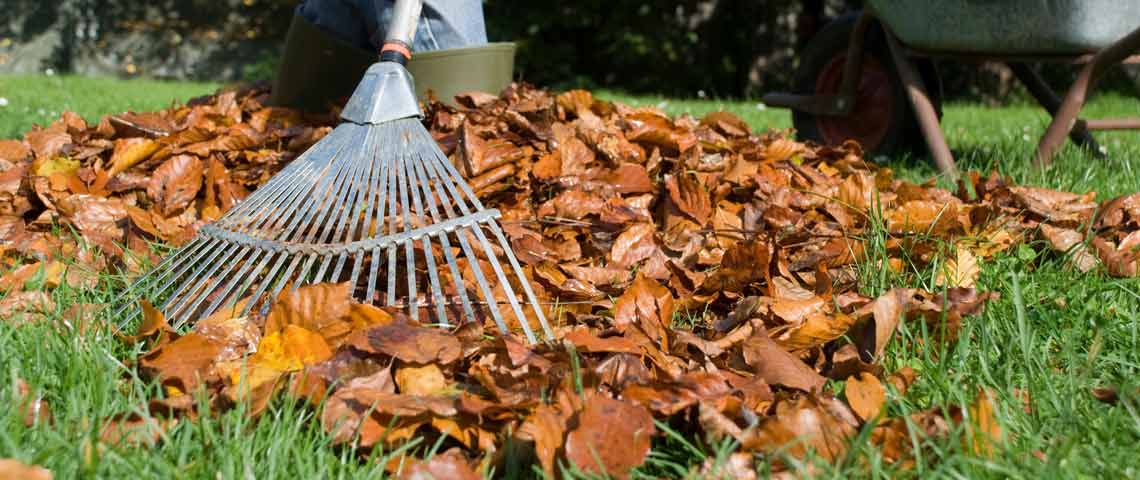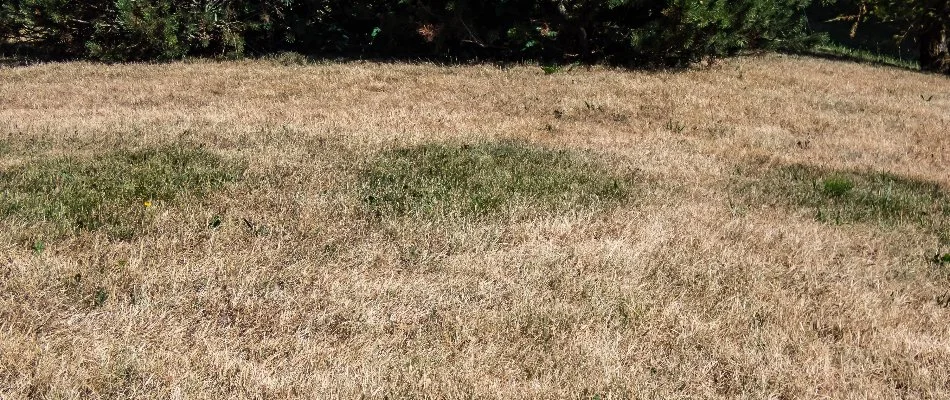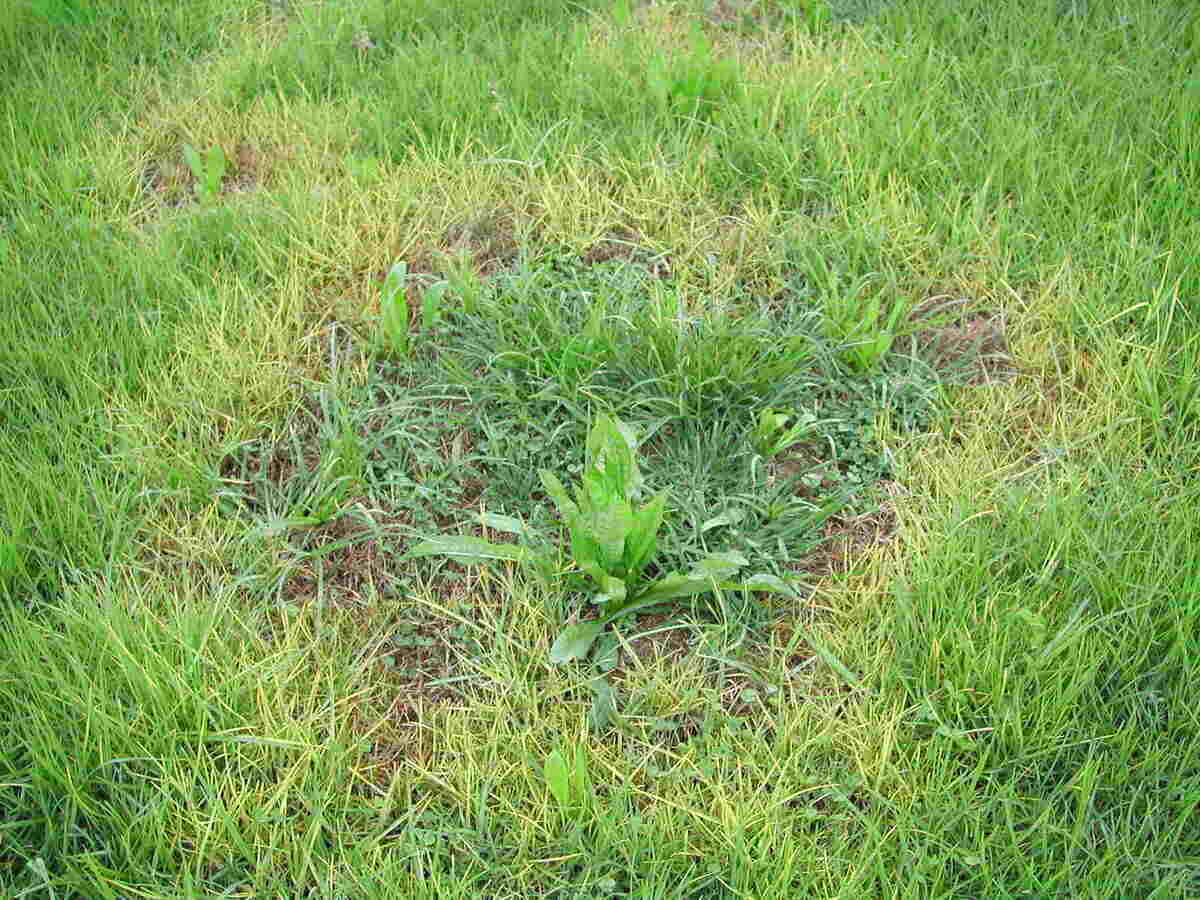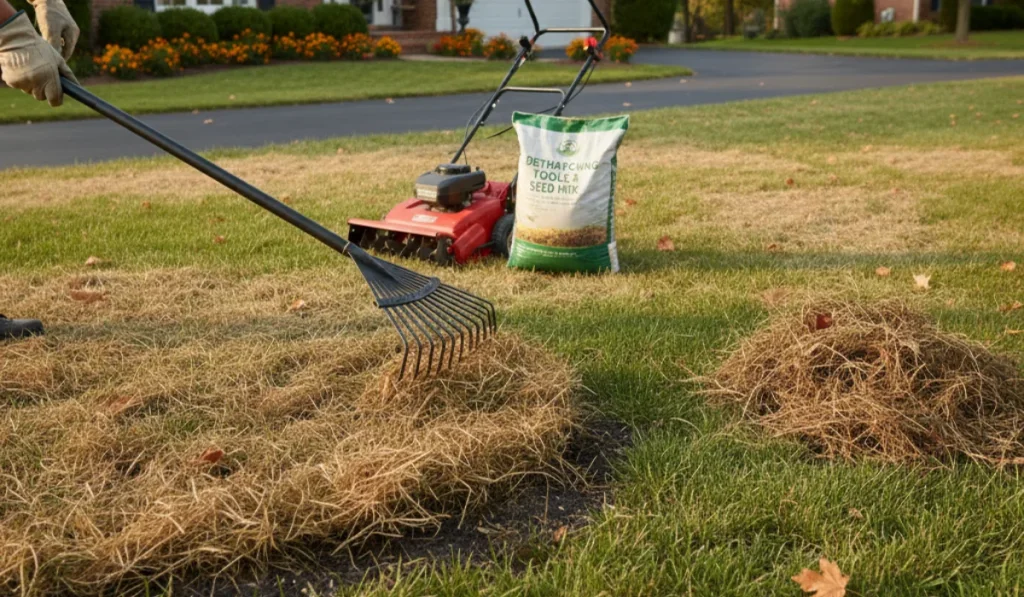Revitalizing Your Lawn: Tackling Brown Patches Before Winter

A vibrant, thriving lawn is a gardener’s pride, but those stubborn brown spots can quickly detract from your yard’s overall appeal and health. These blemishes often stem from a mix of environmental pressures, diseases, pests, or neglect. As winter nears, it’s vital to act swiftly to restore these areas, helping your grass enter dormancy robust and ready to flourish again come spring. This guide walks you through a comprehensive process to rejuvenate brown patches, covering diagnosis, treatment, fertilization, watering techniques, and strategies to maintain a healthy lawn long-term.
Pinpointing the Root Causes of Brown Patches

Before jumping into repairs, it’s crucial to understand what’s behind the discoloration. Typical causes include:
- Inconsistent or insufficient watering: Lack of adequate moisture stresses grass, leading to dry, brown spots.
- Soil compaction: Frequent foot traffic, construction activity, or dense clay soils restrict water, air, and nutrients from reaching roots.
- Fungal infections: Pathogens like brown patch fungus or dollar spot flourish in warm, humid environments, creating circular dead zones.
- Pest infestations: Insects such as grubs and chinch bugs damage roots, resulting in dead patches.
- Nutrient shortages: Deficiencies in nitrogen, potassium, or phosphorus weaken grass, causing discoloration.
- Pet urine damage: High nitrogen levels in pet urine can scorch grass in localized areas.
Identifying the exact cause allows you to select the most effective treatment and prevent future outbreaks.
Step 1: Accurate Diagnosis

A precise assessment is key to successful recovery:
- Examine the soil and roots: Dig a small patch to inspect root health—healthy roots are firm and white, while unhealthy ones appear brown or mushy.
- Look for fungal indicators: Yellow halos, visible mycelium, or reddish-brown spots often signal fungal problems.
- Check for pests: Lift the sod to spot grubs or other insects; affected patches may lift easily.
- Review watering and mowing routines: Uneven watering or cutting grass too short can stress your lawn.
If unsure, consider sending samples to a local extension service or lawn care expert for detailed analysis.
Step 2: Soil Restoration and Drainage Enhancement
Brown patches frequently arise from poor soil conditions or drainage issues. Addressing these can jumpstart recovery:
- Aerate the soil: Use a core aerator to break up compacted soil, improving water and nutrient flow. Fall is an ideal season for this as roots remain active.
- Topdress affected areas: Apply a thin layer of compost or quality topsoil over brown spots to enrich the soil and encourage root development.
- Fix drainage problems: Prevent water accumulation in low spots by installing French drains or regrading the soil.
Pro Tip: Loosening compacted soil before overseeding or fertilizing greatly boosts the chances of successful lawn revival.
Step 3: Overseed or Repair Bare Brown Spots
After preparing your soil, reseeding is vital to rejuvenate any bare or brown patches:
- Select the appropriate seed: Opt for grass varieties that match your current lawn. For cool-season grasses, fall is ideal for planting Kentucky bluegrass, fescue, or ryegrass.
- Distribute seeds evenly: Generously scatter seeds over the brown areas. Mixing seeds with sand or compost can improve coverage and seed-to-soil contact.
- Ensure good seed contact: Lightly rake or roll the seeded areas to press seeds into the soil, which is crucial for successful germination.
- Maintain consistent moisture: Keep the soil damp until new grass sprouts, typically within 1 to 2 weeks depending on weather conditions.
Pro Tip: For larger brown patches, combine seeds with a thin mulch or straw layer to help retain moisture and shield seeds from birds.
Step 4: Fertilize to Boost Recovery and Winter Resilience
Applying fertilizer in the fall helps strengthen roots, enrich color, and prepare your lawn for winter dormancy.
- Choose a slow-release fertilizer rich in potassium: Potassium supports stress resistance and root growth.
- Use moderate nitrogen levels: Avoid high nitrogen late in the season to prevent tender growth that’s vulnerable to frost.
- Timing matters: Apply fertilizer in early October when soil temperatures are still above 50°F.
Application Tips:
- Spread fertilizer evenly over both brown patches and adjacent healthy grass to ensure uniform growth.
- Lightly water after fertilizing to help nutrients soak into the soil.
- For severely damaged spots, mix fertilizer with compost or a starter solution to speed up recovery.
Step 5: Watering Techniques for Revitalization
Proper watering is key to restoring brown patches without causing further issues:
- Keep soil consistently moist: Newly seeded areas require frequent, light watering to avoid drying out or waterlogging.
- Deep watering for established grass: For stressed but existing turf, water deeply once or twice weekly to encourage deep root development.
- Water in the morning: Early-day watering allows grass blades to dry, reducing fungal disease risks.
Extra Tip: Avoid overwatering, especially in cooler fall weather, as soggy soil can worsen brown spots and promote disease.
Step 6: Manage Pests and Diseases Effectively
If pests or diseases are behind the brown patches, targeted control is essential:
- Fungal disease control: Remove affected debris and leaves. Use fungicides labeled for your specific issue, following instructions carefully. Maintain proper aeration, mowing height, and watering to prevent recurrence.
- Pest control: Identify the pest accurately (e.g., grubs, chinch bugs). Apply recommended insecticides or natural remedies. Consider beneficial nematodes or organic treatments to safely reduce pest populations.
Pro Tip: Continue monitoring treated areas to catch any return of pests or fungi early, preventing widespread damage.
Step 7: Adopt Consistent Lawn Care Habits for Lasting Recovery
Achieving a healthy lawn over time demands steady and thoughtful maintenance:
- Mow with care: Maintain grass height between 2 and 3 inches during fall to encourage strong root growth. Avoid trimming too short to prevent stress.
- Clear fallen leaves: Regularly rake leaves to stop them from suffocating your grass. Light mulching helps return valuable nutrients to the soil.
- Aerate and overseed yearly: This combats soil compaction and promotes a dense turf that can better withstand weeds and environmental stress.
- Limit heavy foot traffic: Give newly restored areas time to develop roots before exposing them to frequent walking or pressure.
Extra Tips for Optimal Lawn Revival
- Incorporate natural soil enhancers: Use compost, alfalfa meal, or seaweed extracts to boost soil life and nutrient uptake.
- Treat urine spots promptly: Flush affected areas with water to dilute excess nitrogen and reseed if necessary.
- Check soil pH: Grass thrives best in slightly acidic to neutral conditions (pH 6.0–7.0). Adjust soil chemistry accordingly.
- Timing matters: Address brown patches from early to mid-October to maximize recovery before frost arrives.
- Combine techniques: Layering aeration, topdressing, fertilization, and overseeding accelerates lawn healing.
Bringing It All Together
Restoring brown patches before winter is entirely doable with a methodical plan:
- Identify the root cause accurately.
- Prepare the soil and improve drainage.
- Overseed or patch bare spots with suitable grass varieties.
- Fertilize to strengthen roots and enhance winter hardiness.
- Maintain consistent watering without overdoing it.
- Address pests and diseases swiftly.
- Follow healthy lawn care routines to prevent future damage.
By tackling both symptoms and underlying issues, your lawn will recover quickly and enter dormancy in robust condition.
Final Thoughts
Brown patches don’t have to spoil your lawn’s appearance. With careful diagnosis, soil prep, reseeding, fertilization, and ongoing care, you can rejuvenate these areas before winter sets in. This not only improves your lawn’s look but also ensures a thick, vibrant, and resilient turf come spring. Fall offers the ideal conditions for recovery—cooler weather, steady moisture, and active root growth all help grass rebuild before dormancy. Taking proactive steps now means enjoying a lush, healthy lawn year after year.
- Importance of Lawn Health: Brown patches reduce lawn beauty and vitality; addressing them before winter ensures strong dormancy and vibrant spring growth.
- Causes of Brown Patches: Drought, soil compaction, fungal diseases, pests, nutrient deficiencies, and pet urine damage.
- Step 1 – Diagnose Accurately: Check root health, fungal signs, pests, and watering/mowing habits; seek professional analysis if unsure.
- Step 2 – Repair Soil and Drainage: Aerate to reduce compaction, topdress with compost or quality soil, and fix drainage issues to promote recovery.
- Step 3 – Overseed or Patch: Use compatible grass seed, apply evenly, ensure seed-to-soil contact, and maintain consistent moisture.
- Step 4 – Fertilize: Use slow-release, high-potassium fertilizer with moderate nitrogen in early October; water lightly after application.
- Step 5 – Water Properly: Provide frequent light watering for new seeds, deep watering for established grass, and water in the morning to prevent disease.
- Step 6 – Control Pests and Disease: Remove debris, apply fungicides or insecticides as needed, and monitor for recurrence.
- Step 7 – Maintain Healthy Practices: Mow at 2–3 inches, rake leaves, aerate and overseed annually, and avoid heavy foot traffic.
- Bonus Tips: Use natural soil amendments, spot-treat urine burns, test soil pH (6.0–7.0), and combine layering techniques for faster recovery.
- Summary: Diagnose causes, prepare soil, overseed, fertilize, water properly, treat pests/diseases, and maintain care to restore lawn health before winter.
- Conclusion: Early fall is ideal for recovery; proactive care leads to a lush, resilient lawn year-round.
